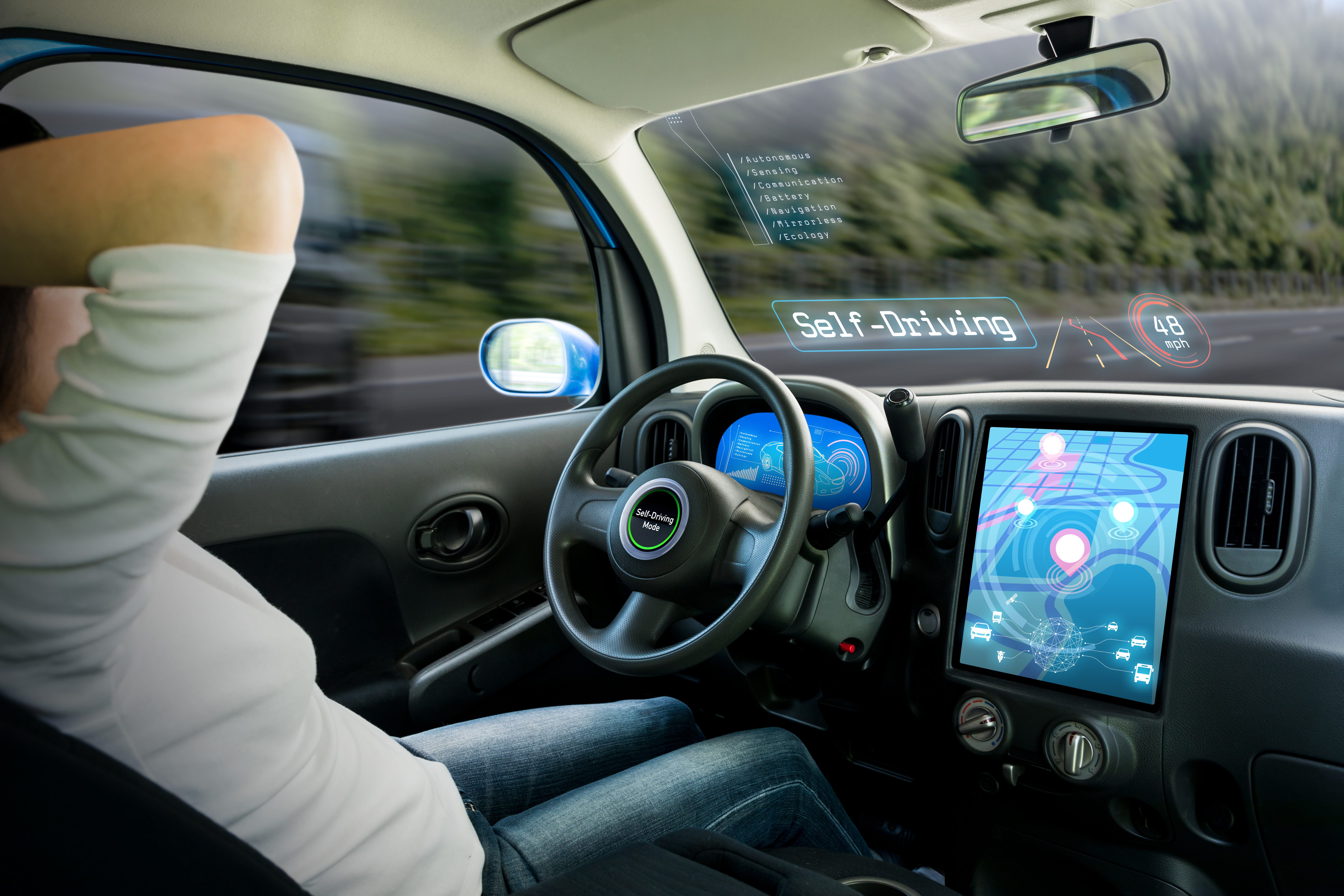
Driverless Vehicles
Ready for Primetime?
The
key to interpreting all these driverless vehicle announcements are: IF you can
constrain and control a theater of operation sufficiently tightly, you can make
it possible for robots to operate more efficiently than humans. Exactly how tightly you have to control is
evolving. As sensors, processing and
basic leaning algorithms improve, richer and more complex theaters, which were
off limits before, now become possible. And simultaneously, as first hand
experience grows, you'll get more confidence.
Eventually,
someone will attempt extending the operating theater of drive bots, with commercial
as opposed to pure pie-in-the-sky research intent: From closed mines to the
most predictable corners of the public roads transportation network. More
likely than not, moving to long haul trucking on the most predictable, hence
least risky, stretches of freeway. When that happens, especially as soon as
more than one group is doing it profitably and hence competition ensues, that
will be a big step forward.
Then,
the race will be on; slowly at first as the risk of real injury is great once you’re
flinging objects around at freeway speeds, improvements will open up more
stretches of roadway.
The
takeaway is a much bigger step from "autonomous vehicles being viable
somewhere" to "being viable anywhere."
They're already viable in some specific mining
sectors. That hurdle is already met. But that hurdle is also only the tiniest
of baby steps of the way to the latter, which after all does include drive bots
conducting themselves better than humans as drivers of police cruisers and
others engaged in running gun battles through rush hour Manhattan.
Exactly
how quickly the level of complexity increases as you move away from the most
predictable of environments and into richer ones, is the central question of
concern for those bent on a fully general deployment of drive bots into
infrastructures fully shared with humans. No one has even the remotest idea how
to estimate that yet.
But
so far, in EVERY other attempt at AI: Early developments has proven easy,
promising AND very impressive. Then,
they have ALL; fairly quickly hit a complexity wall so steep, almost any
progress from the quick, "easy" early stages ends up being completely
stymied. Until eventually all those involved get sufficiently frustrated, that
they slink back to do something more rewarding with their Nobel laureate sized
brains.
But
so far, in EVERY other attempt at AI: Early developments has proven easy,
promising AND very impressive. Then,
they have ALL; fairly quickly hit a complexity wall so steep, almost any
progress from the quick, "easy" early stages ends up being completely
stymied. Until eventually all those involved get sufficiently frustrated, that
they slink back to do something more rewarding with their Nobel laureate sized
brains.
So,
predicting when autonomous vehicles are viable doesn't really mean much, unless
you specify the environments in which you posit viability. Do you mean in
certain, tightly selected mining operations? Do you mean as pure research
without even a concern about whether a certain scenario can be self funding? Do
you mean commercially viable operation on 10% the total mileage of US freeways?
Or do you mean running gun battles through Manhattan? The difference in years
from the first to the last, could be 20 years. Or it could be 50 years or more.
No one knows, and the history of previous flirtations with AI booms, certainly
don't provide much grounds for optimism.
DYI
No comments:
Post a Comment